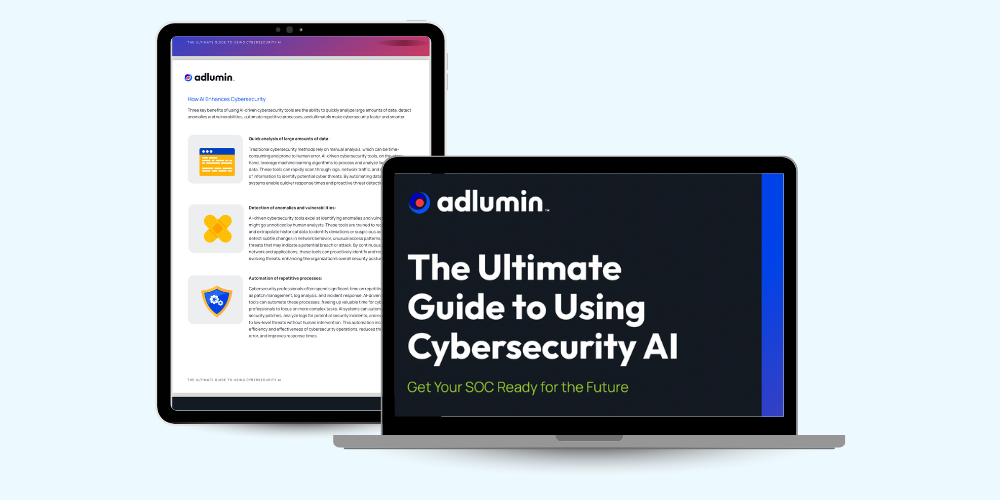APIs have never been more crucial, especially for financial services organizations that use them to facilitate daily transaction payments for account holders, enable streamlined online account openings, and more. Additionally, with an ever-evolving financial services ecosystem where partnerships with fintechs through APIs are commonplace, the use of APIs is growing substantially in the sector. Consequently, financial services institutions are more reliant on APIs than ever before.
However, this increasing reliance on APIs has not gone unnoticed by attackers. Recognizing the critical role these APIs play, attackers are constantly targeting them, aiming to exploit, abuse, and compromise them in order to gain access to systems and exfiltrate critical data. The complexity and management challenges of hybrid and multicloud environments, compounded by the sole reliance of traditional app and API security tools for traffic based discovery and inspection, provide only a partial picture and discovery of APIs only after they are deployed to production. These scenarios pose serious business risks, including large-scale data breaches, compliance issues, and hefty regulatory fines. But FinServ organizations have to take the risk because their customers demand it—fast engagement, all-up account views, and easy money transfers. Under the hood, these are all facilitated through APIs.
In this article, we will explore the transformative benefits of shifting left for financial services who often operate in hybrid and multicloud environments and why it represents the next big moment in FinServ API security. Through early discovery directly from the codebase, comprehensive understanding, and preemptive documentation, organizations can fortify their defenses, close critical gaps in visibility, improve controls, satisfy compliance and regulators, and set a new standard for API security in an industry where the stakes are extremely high.
What exactly is shifting left and why does it matter?
The concept of "shifting left" in the security paradigm is not just a trend; it's becoming a necessity for ensuring robust protection and risk management, especially for APIs as they change more frequently than traditional web apps and new ones are being added at a much faster pace. Simply put, by only focusing on traditional security controls like in-line traffic analysis, organizations find themselves in a situation where they have an inability to see and understand the vulnerabilities across their entire attack surface. This leaves organizations vulnerable, and nowhere is this more evident than in the realm of APIs within financial services, where blind spots can spell disaster. Vulnerabilities and weaknesses are always harder and more expensive to fix in production, and any code change has the possibility of introducing additional risks.
The significance of shifting left, is not merely about adopting new tools or processes—it's about a fundamental transformation in how to approach API security from the very inception of the development cycle. By initiating discovery and ensuring accuracy of documentation from the coding phase, organizations gain a more complete picture of their API landscape. This proactive stance allows for testing and early detection and immediate resolution through rules/controls/policies of potential vulnerabilities for when they’re in production. This creates a solid foundation as applications move toward production, without slowing developers down. Subsequently, the next release or version can have updated code that addresses the vulnerability at the code level. Developers would undoubtedly embrace automation for inventory and documentation processes so they can focus on the next cool feature that may change the world.
What are the top benefits of shifting left?
The advantages of shifting left are manifold. It enables teams to move into production with a better understanding of their APIs and better security posture, armed with more complete documentation and any pre-emptive security policies in place to deal with any vulnerabilities identified in testing. This discovery from code serves as a starting point for organizations, making it easier to spot anomalies, unknown or deprecated zombie and shadow APIs, detect drift once moved into production, all while not having to “learn on the fly” (e.g. in production). Compared to the reactive approach of piecing together insights without initial documentation, shifting left ensures that organizations are several steps ahead and ready to address security challenges head-on. The list of benefits, include:
- Limit exposure of vulnerabilities in production
- Improve documentation and understanding of APIs
- Informs secure coding practices to shore up/improve API code over time
- Reduce challenges with tool integration by employing a continuous risk assessment and remediate loop
New solution considerations that greatly aid in identifying vulnerabilities when shifting left
The challenge of app and API security solution management already is overwhelming and complex for most organizations. In fact, in a recent F5 sponsored Datos Insights report, they found that there were over 80 solution providers in the API security space alone, and that the average organization uses over 20,000 APIs! As a result, organizations often use a patchwork of technologies from various vendors to protect apps and APIs—effectively turning API security into supply chain security. With that in mind, here are some considerations for what to look for in a “shift left” solution for API security:
- Code-level discovery through scanning, recon, and testing abilities, enabling earlier detection of CVEs and API risks in code
- Intelligent and automated security responses—powered by Generative AI
- Automatic creation and validation of robust API schemas
- Insightful illumination of API risks with actionable intelligence
- Full lifecycle API security—work with a solution that is part of a wider portfolio of app and API security and delivery capabilities across the entire app development lifecycle.
The proactive approach at the core of the shift left concept enables quicker and more accurate identification of discrepancies, shadow APIs, and other issues. This method is far superior to ad-hoc approaches that may omit documentation or lack a comprehensive understanding from the ground up. Embracing the shift left strategy with the right technologies in place not only enhances security, but also streamlines the entire development lifecycle so both application and risk teams win, making it an essential practice for forward-thinking financial services organizations.
Learn more about how shifting left can help your organization here.







